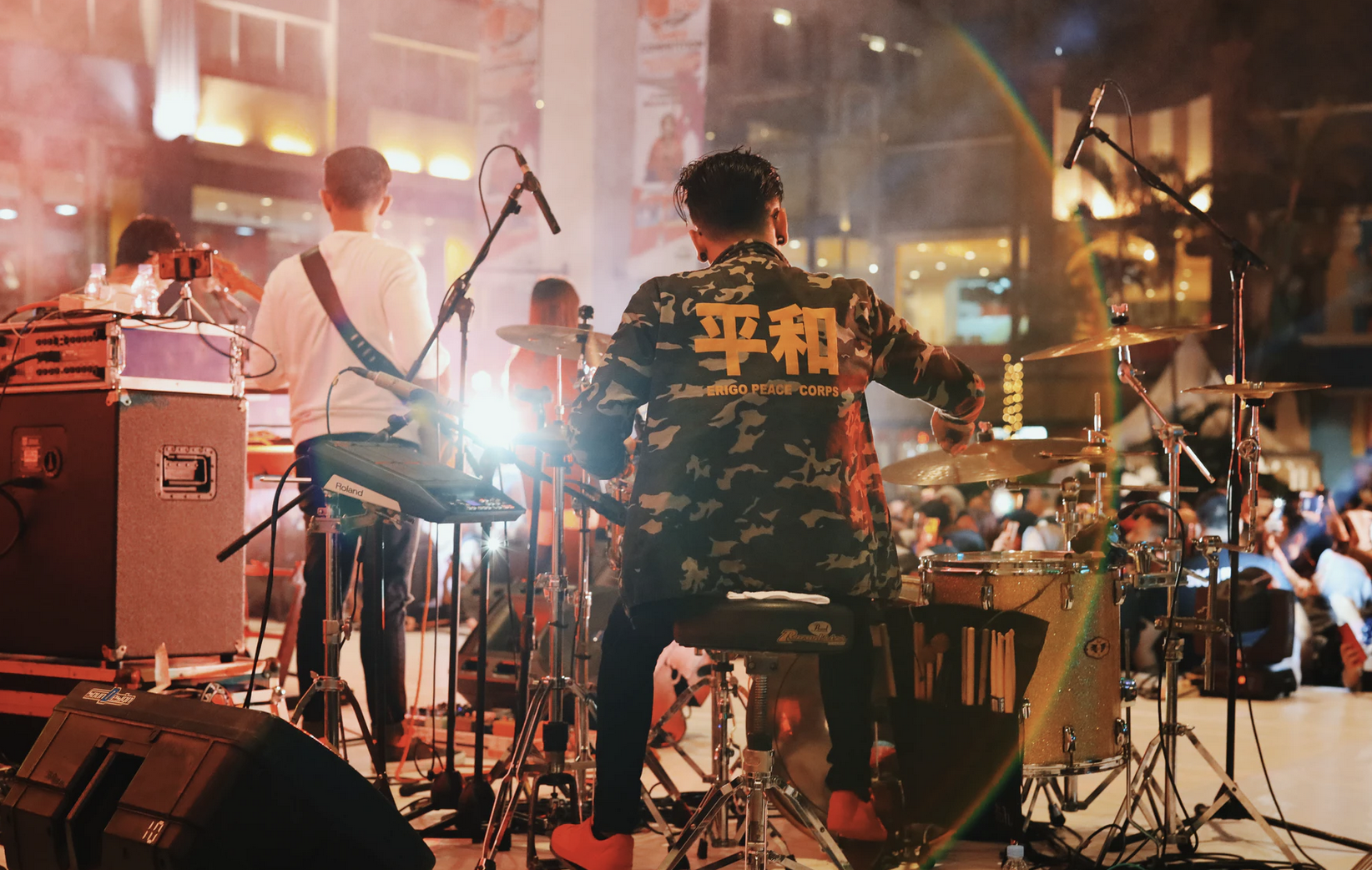Music Videos
To grasp with the ear and the eye is an embodied act. The activity of listening to music or watching a music video goes far beyond "presentation" and into something far more complex that connects our bodies to the screens we watch.
Music videos combine the many different elements of sound and picture into images. The videos represent the music and they picture bodies that dance — they display not only the physicality of musical creation, but also the potential of audience performance. Music videos, especially the good ones by groups like R.E.M. bring music into the foreground, neither a prop for sight, nor just an aural experience.
They create a space for the performance of meaning, which exceeds and often undermines the mediating layers of image projection. It is the dancing body which music videos call out to, that body which twists and turns, sweats and laughs. It is the body on a vast dance floor that from a distance appears to be one of many, just a cog in a machine, the stuttered movements of Janet and Michael Jackson. But, taken down to the individual, to the release of energy, the release of the body from its everyday constraints, there is suddenly an explosion of sexuality.
This is the haunting look of rock star after rock star straight into the camera, into the living room, beckoning, almost begging for the bodies who watch to join the scene, the stage, the studio. Join us as we dance! The ritualization is so intense that the television screen cannot contain what it shows. Out of this explosion comes the energy of Lolapalooza and the community of Deadheads and the swaying seemingly uniform rhythms of thousands of audiences the world over. Embodied and empowered because of images and sounds.

